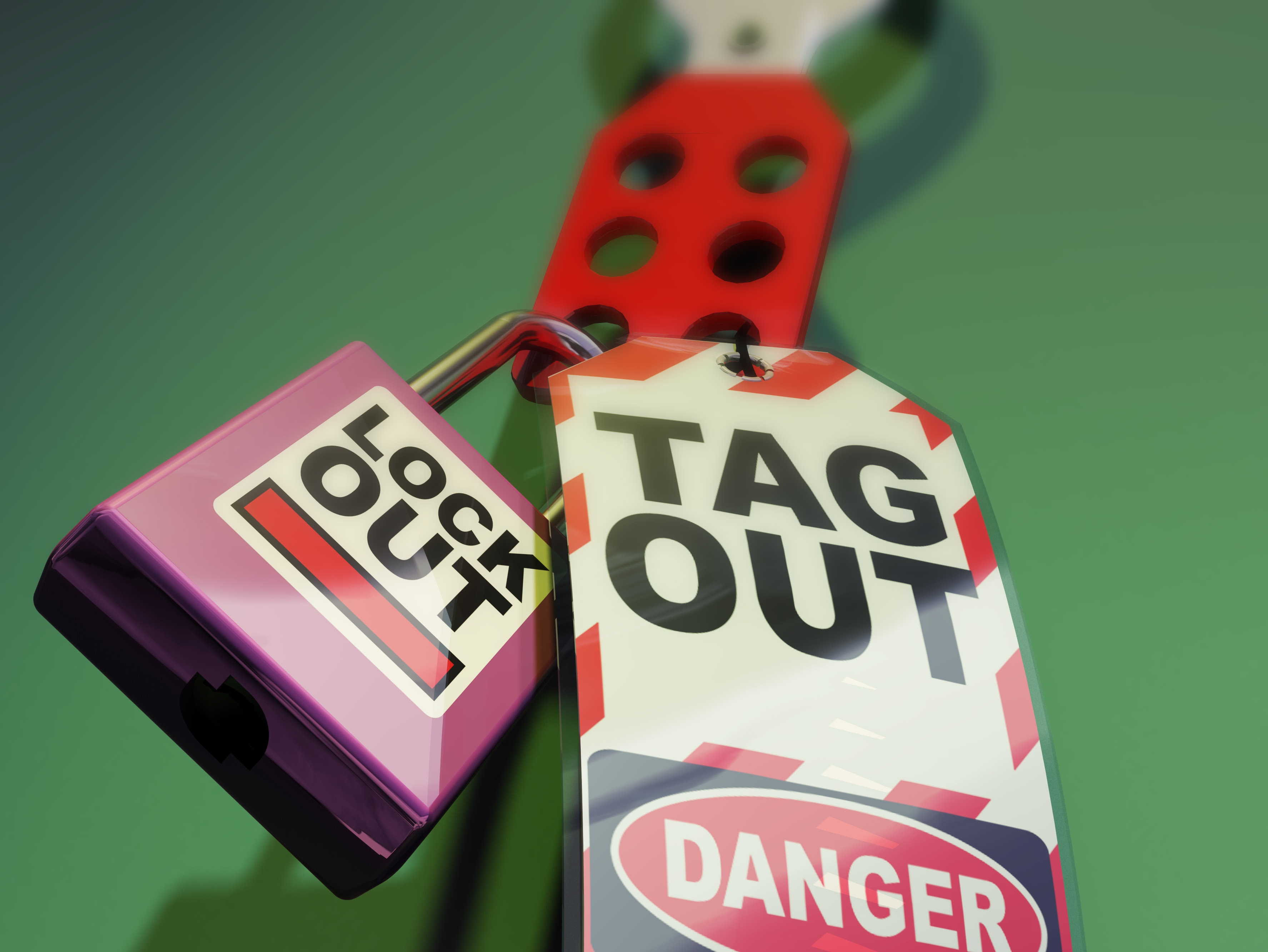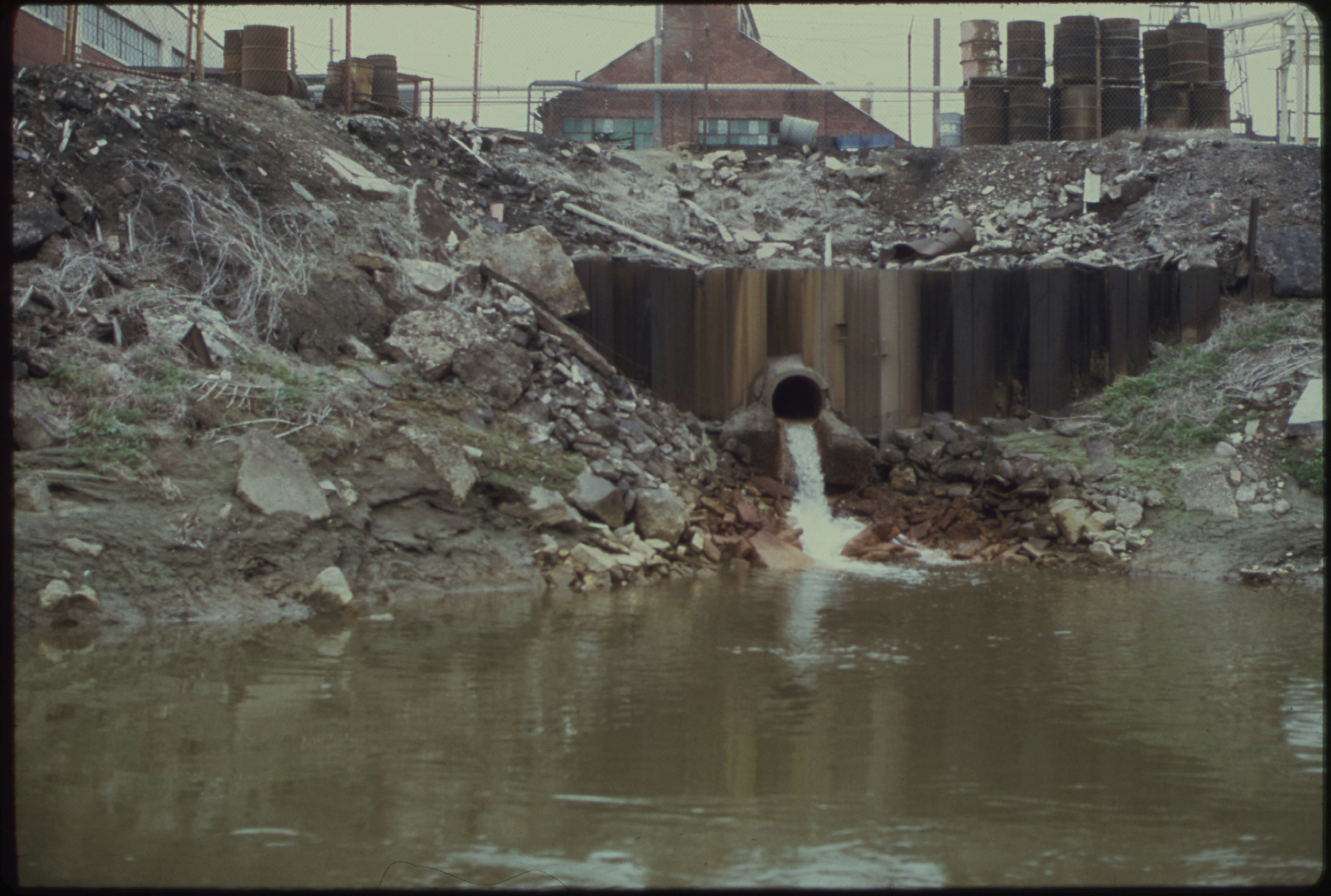We’re now onto the last of our blogs on entry routes of hazardous substances into the body, and today’s article takes a look at accidental injection of such toxins. While uncommon in most workplaces, it can occur when a sharp object (e.g., needle) punctures the skin and injects a chemical (or virus) directly into the bloodstream.
Uncommon, but not unheard of – hazardous chemicals and injections
Topics: HSE, HSE best practice, Environmental hazards, Hazardous chemical substances
In part three of our four-part blog series, we take a look at how hazardous substances are ingested through the body. It sounds pretty simple – we swallow them right? It’s actually a little more complicated than that. Let’s have a look.
Topics: work safety, HSE, HSE best practice, Environmental hazards, Hazardous chemical substances
Point of fact – there are only hard HSE questions if you don’t have an answer for them. And this is not advisable when your actions (or inactions) can lead to injury or loss of life. Have a look at the following sample list of ‘hard’ HSE questions. If your answers resemble the solutions we have provided, then every HSE question will more than likely have an easy answer. Simple.
Topics: Occupational Health and Safety, HSE, Safety, HSE best practice, Safety training
3 strategies for improving business productivity and efficiency
Technological advances, customer expectations and especially globalisation have increased the need for higher productivity. Entrepreneurs are now competing on a global scale. At the same time, companies are expected to adhere to their social and ethical responsibilities, which includes being aware of the organisation’s environmental impact. This means that the measures you take to increase your productivity need to also increase your efficiency.
Topics: Environmental Management System, HSE best practice, Environmental hazards, Productivity
The efforts you make in lowering your company’s carbon emissions don’t rest entirely with you – how your suppliers conduct their business activities will also have an impact on your overall carbon footprint. An effective way to ensure they are responsible suppliers is to use the following checklist when you begin working with them. Remember, a supplier that appreciates its obligations to the environment will carry ethical corporate responsibility across its entire operations.
Topics: Environmental Management System, HSE best practice, Audits, Environmental hazards, Supplier vetting
It may be surprising to hear, but the world’s most abundant, richest energy supply isn’t one that needs to be created or discovered, but is in fact conserving what already exists. In terms of your workplace, this means adapting your existing (or prospective) building in such a way that makes it more ‘green’ (i.e. making it more energy efficient to reduce its environmental impact).
Topics: Environmental Management System, HSE best practice, Environmental hazards, Ethical best practice
3 ways managing your waste properly benefits your business
Waste is a global issue. If you don’t properly deal with your company’s waste, it poses a serious threat to your employees’ health and the surrounding environment. Waste management is one of the essential utility services underpinning modern-day society, particularly in urban areas. This means it’s everyone’s problem – and everyone’s responsibility. What’s more, by reducing your waste, you can reduce all three of the triple bottom lines of:
Topics: Environmental Management System, HSE best practice, Environmental hazards, Waste management
The last few of our blogs have made it clear that there is a positive case for utilising social media in your efforts to promote and maintain a safe working environment. We always like to offer a balanced approach to every argument, which is why today we take a look at the 11 potential risks associated with using social media in the workplace.
Topics: Risk management, Safety, HSE best practice, Safety training, HSE training, risk, HSE and social media
Granted, this could be a matter of opinion but it’s a reality that showing (in other words, demonstrating), is usually the most effective way to teach others ‘best practice’. We’re talking about videos.
Topics: work safety, HSE, HSE best practice, HSE and social media, social media
Topics: work safety, HSE best practice, HSE and social media, social media













